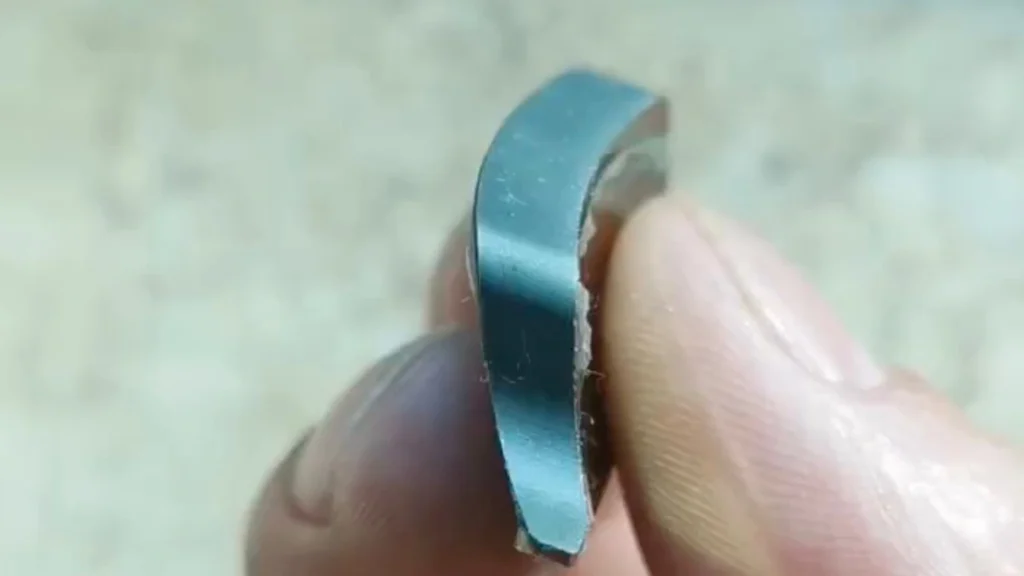If you’ve ever worked with germanium, you already know—it’s a tricky material. Dense, brittle, and not very forgiving under stress. Whether you’re producing IR optics, wafers, or custom lenses, how you cut Ge makes or breaks the result.
That’s why diamond wire cutting has become the preferred method for processing germanium. Not just because it’s precise—but because it’s safer, cleaner, and more cost-effective than traditional options.
What Makes Germanium Hard to Cut?

Germanium behaves like a fragile piece of glass when under force:
- Low fracture toughness means it cracks easily
- Thermal sensitivity causes stress if it gets too warm
- Surface finish matters—IR optics need smooth, chip-free surfaces
These factors make it a poor match for high-friction, high-pressure cutting tools.
Traditional Blade Cutting
The Problems Using dicing saws, ID blades, or abrasive wheels might seem straightforward—but here’s what usually happens:
- Chipping along the cut edges
- Internal stress that shows up in polishing
- Significant kerf loss (sometimes >1 mm)
- Blade wear and high consumable costs
Here is a picture of what would happen if you do not choose a correct cut method.

Diamond Wire Cutting: A Smarter Approach
Diamond wire saws operate with a fine loop of diamond-coated wire moving at controlled speeds. The wire tension, feed rate, and coolant are all adjustable, allowing it to adapt to germanium’s quirks.
Key benefits:
- Thin kerf (as small as 0.35 mm) = more parts per crystal
- No thermal damage = better optical properties preserved
- Gentle slicing = fewer microcracks, lower polishing time
- Stable process = easy to repeat, scale, and automate
This is a picture of how it looks when you use Vimfun diamond wire saw to cut Ge.

Why SG20 and SGI20 Excel at Cutting Ge
At Vimfun, we’ve engineered equipment to work specifically with brittle optical crystals like Ge:
- SG20: Reliable, compact, and perfect for clean wafer slicing or IR blanks
- SGI20: Fully CNC-controlled, ideal for curved cuts or angle-sensitive parts
Both models support 0.3 mm wire, low-speed slicing, and water-based coolant systems. And both are backed by real test data from actual Ge clients.
When you’re dealing with a material as unforgiving—and as expensive—as germanium, you can’t afford to guess. Blade sawing may have been the old standard, but diamond wire is the future.
Less stress. More yield. Better surface finish.
If you’re working with Ge and want to stop gambling with your output, it’s time to switch. Contact Vimfun and let’s get your cutting process dialed in.
